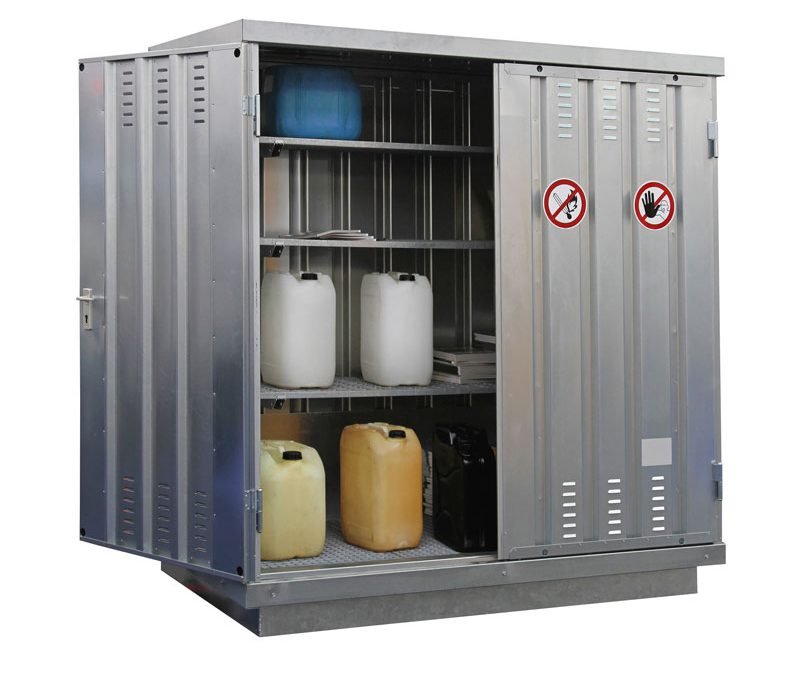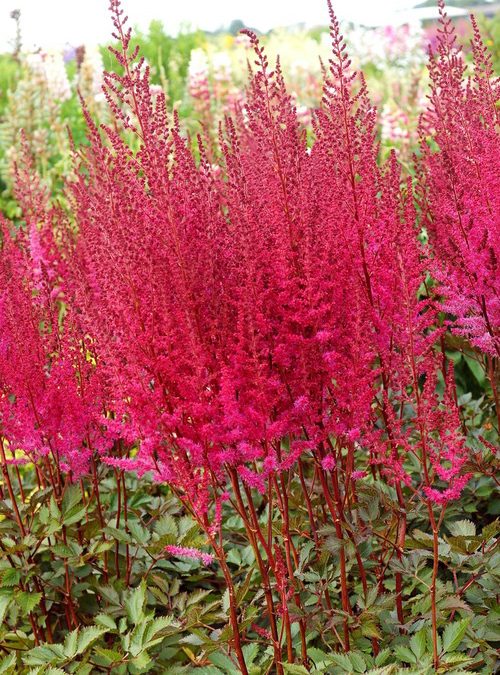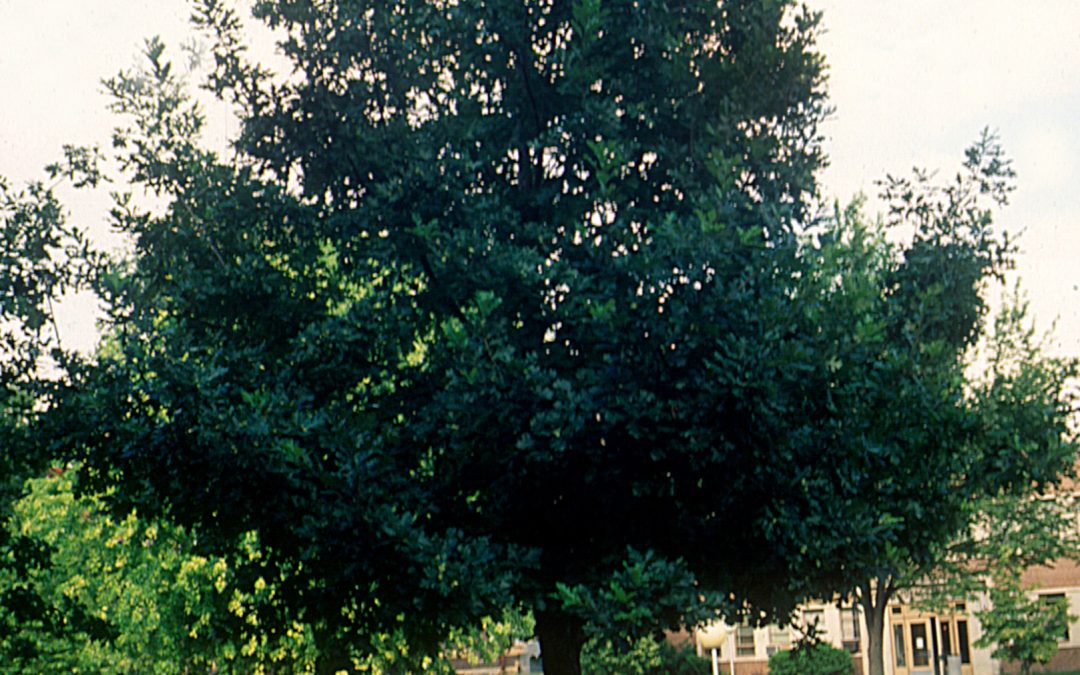
Now that the plants are tucked away and the tools/equipment are cleaned and stored, there is nothing left to do until next season right? Not quite. Most do-it-yourselfers have purchased some sort of pesticide or fertilizer whether in liquid or granular form, during the season. Unless the chemicals have been used in their entirety, proper storage over winter will be required for not only the safety of the homeowner and environment but also for preserving the quality of the product. The most important thing to consider when storing chemicals is storing them away from children and pets.
If possible, under lock and key is advisable. The second is making sure the area is large enough to store all the fertilizers, fungicides, insecticides, and herbicides separately and has plenty of ventilation, as fumes permeating from the liquids can become toxic if inhaled. Lastly, the storage space should be protected from temperature extremes. Intense heat increases the volatility of chemicals and freezing can not only rupture containers but also alter the chemical quality of liquid products, reducing their effectiveness. How long chemicals can be effectively stored will depend on the specific information listed on the manufacturer’s label.

During the months of buck rut, young trees are most vulnerable to bark damage that occurs when bucks rub their antlers against the bark. Unfortunately, deer don’t have a tree preference and the behavior strips off bark creating large wounds leaving the tree open to disease and other organisms. If deer are prevalent and your landscape has trees that are less than four inches in diameter, proactive measures should be taken during this time. The most economical way to protect a tree is with trunk guards, or plastic sleeves that can be put around the tree during late fall through winter.
Although more costly, if the tree diameter is too large for plastic protectors then pounding 3 stakes about a foot from the base, in a tripod formation and then wrapping with either plastic netting or chicken wire making sure that the entire tree is enclosed is another effective method. All supplies should be available at places like Menards or Home Depot.

Cherry and chocolate not only make great pairings for dessert, but they also make a great pairing in your garden. At nearly 4’ tall, towering cherry-red plumes atop chocolate-red stems will brighten the shadier spots of the landscape in mid-summer. When the flowering period is over, the dark green leaves with chocolate-brown and red overtones will continue bringing color and contrast. This robust grower spreads to about 24-36” and once established, is easy to maintain, deer resistant and drought tolerant.

An outstanding durable hardwood to have in your landscape is the Prairie Stature Oak. Pyramidal in shape and quite dense in form, this shade tree will reach a height of 30-40’ with a spread of about 25-30’. In the spring and summer, the leathery lobed leaves are emerald-green changing to different shades of reddish purple in the fall. Fairly tolerable to most soil conditions, the Prairie Stature should only be planted in areas receiving full sun.

Want your cake and be able to eat it too? With the Raspberry Splash Lungwort, you can do just that. Most homeowners have at least one area that is just too shady for growing anything colorful and often resort to planting hostas. Now you can mix it up as this perennial does best in shade. This variety of lungwort has sharply pointed green foliage with silverish spots and grows somewhat upright reaching about 12” H x 12-15” W and. Late spring, clusters of small raspberry coral and purplish bell-shaped flowers appear adding even more flair. Plant in a grouping or with other shade loving perennials like astilbe or hostas.





